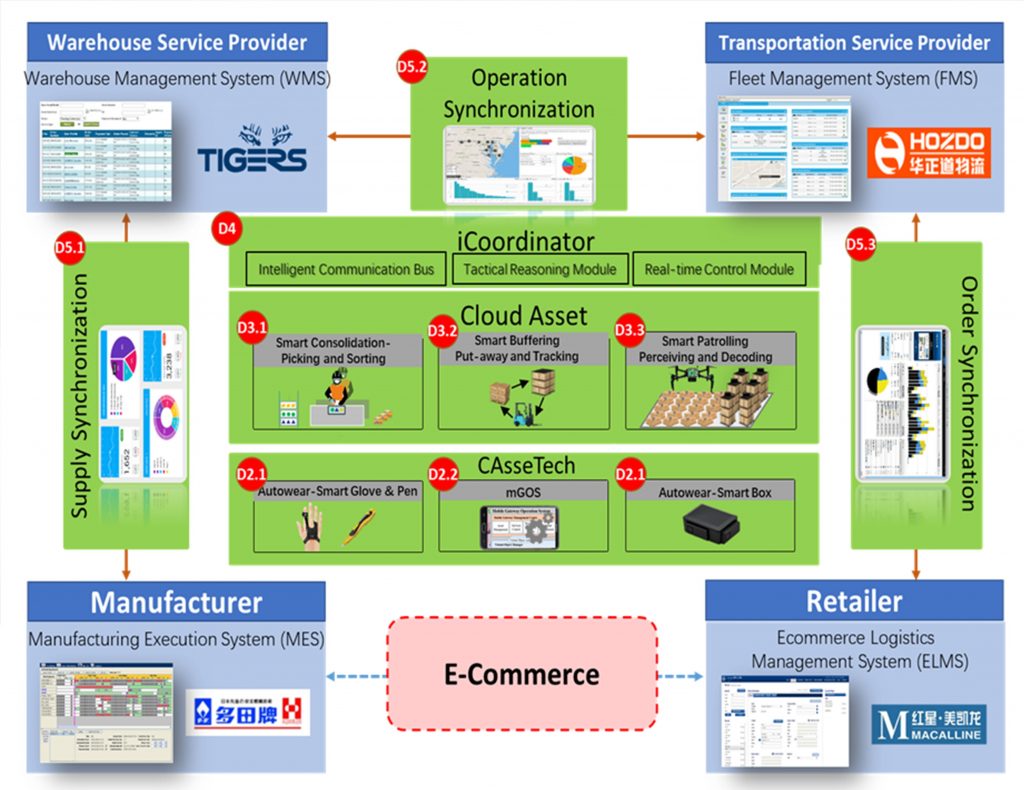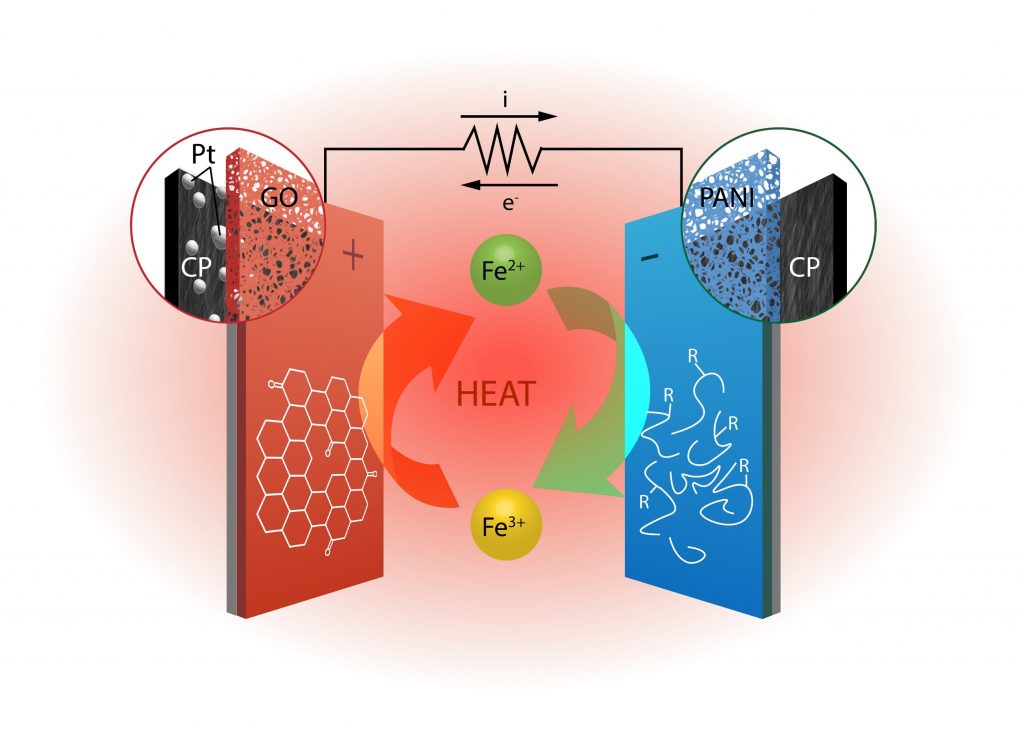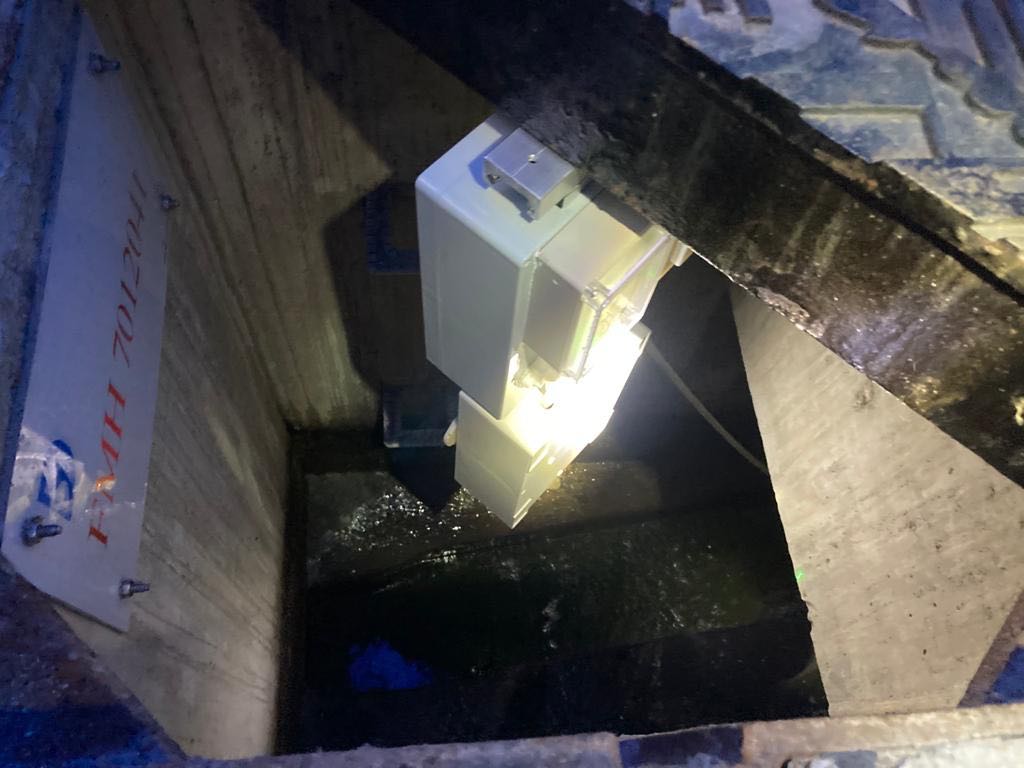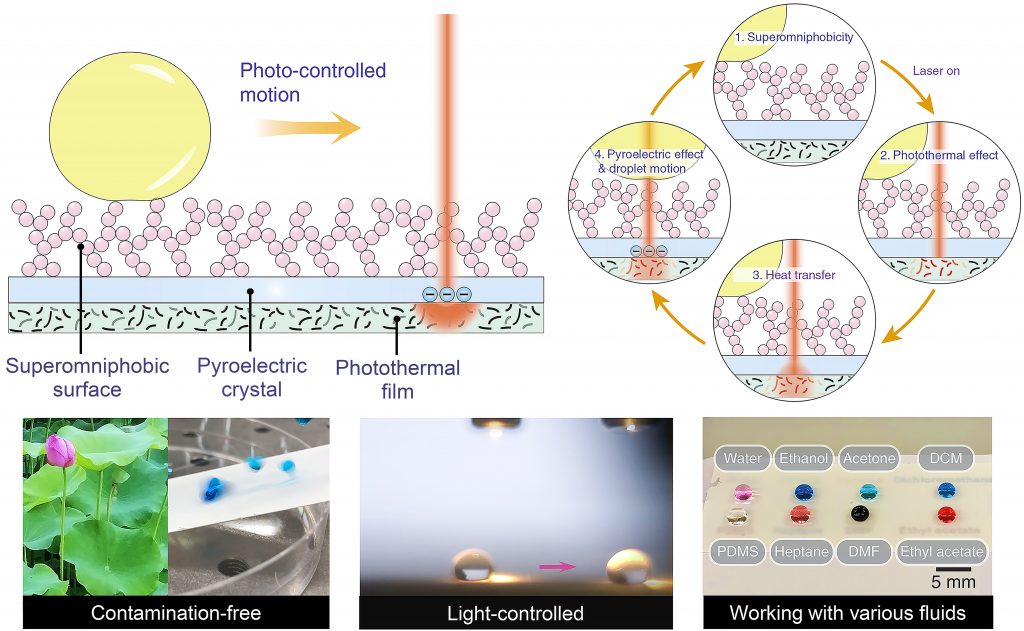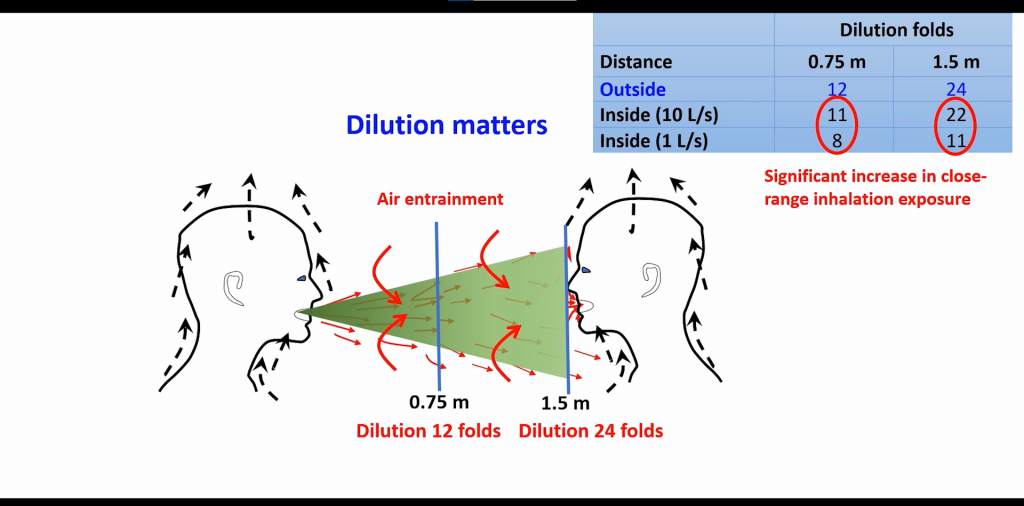Intelligent Mobile Robots for UVC based Disinfection
Current surface disinfection methods include spraying chemicals or using UV light. However, it is difficult to directly spray liquid chemicals on surfaces due to the threat of negative environmental impacts and possible damage and contamination to various surfaces such as books and food packages. Currently, UV based disinfection lights are either wall mounted or operate on mobile bases. Moreover, they are often positioned metres away from surfaces that require disinfection.


